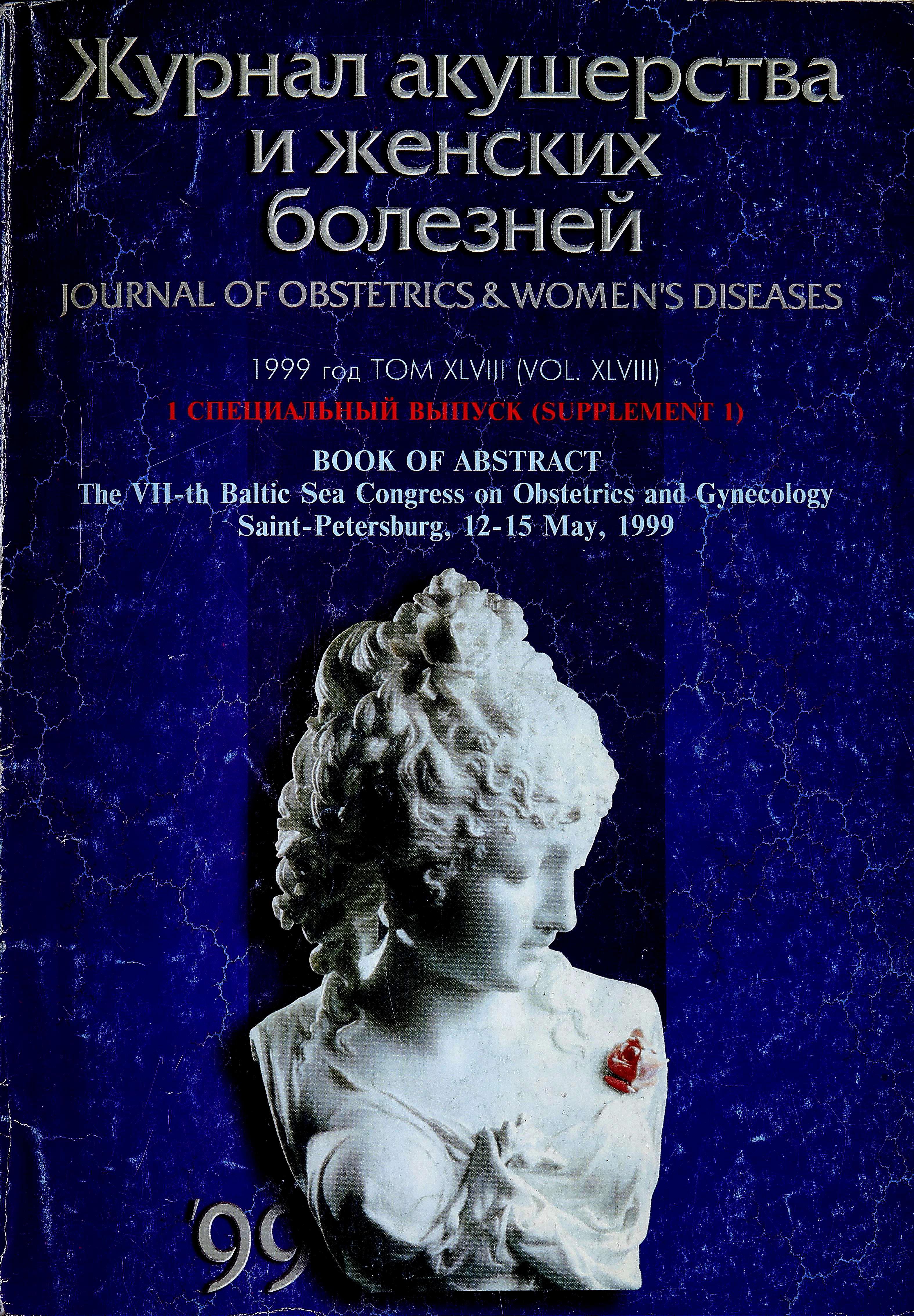Thirty years experience of a national program for resuscitation of asphyctic new-born infants in Sweden
- Authors: Tunell R.1, Palme-Kilander C.1, Thornberg E.2
-
Affiliations:
- Huddinge Hospital
- Hospital Gothenburg
- Issue: Vol 48, No 5S (1999)
- Pages: 162-162
- Section: Articles
- Submitted: 23.02.2022
- Accepted: 23.02.2022
- Published: 15.12.1999
- URL: https://journals.eco-vector.com/jowd/article/view/101470
- DOI: https://doi.org/10.17816/JOWD101470
- ID: 101470
Cite item
Full Text
Abstract
In 1970 a national program for resuscitation of new-born infants was established. This has than been revised 3 times last in the year 1997. The fundamental principles of the program have however remained unchanged. These are: Restricted use of oropharyngeal suction, in case of absent spontaneous breathing assisted ventilation is started 30-60 sec after birth by bag and mask ventilation using a soft round face mask and a selfexpanding bag. Assessment of the effectiveness of assisted ventilation is made by recording heart rate. In case heart rate is > 100 beats / min. the ventilation procedure is unchanged and continued until regular spontaneous breathing occurs. Only in cases with persistent bradycardia more than 2 min. after birth ventilation using endotracheal intubation is used.
Full Text
In 1970 a national program for resuscitation of new-born infants was established. This has than been revised 3 times last in the year 1997. The fundamental principles of the program have however remained unchanged. These are: Restricted use of oropharyngeal suction, in case of absent spontaneous breathing assisted ventilation is started 30-60 sec after birth by bag and mask ventilation using a soft round face mask and a selfexpanding bag. Assessment of the effectiveness of assisted ventilation is made by recording heart rate. In case heart rate is > 100 beats / min. the ventilation procedure is unchanged and continued until regular spontaneous breathing occurs. Only in cases with persistent bradycardia more than 2 min. after birth ventilation using endotracheal intubation is used.
Study 1: During one year all infants needing resuscitation in Sweden were investigated. Results: Out of 1154 infants with a birth weight > 2,5 kg 971 (86%) were treated with bag and mask ventilation or cutaneous stimulation only. Endotracheal intubation was performed in 144 infants (13 %). No information on method of ventilation in 1%. Buffer therapy was given in 105 cases (9%). In all infants (N=1663), the time to onset of regular spontaneous breathing was less than 10 min in 1042 infants, 85% sixty-five infants (4 %) started spontaneous breathing after more than 20 min. Of them, 28 died and 23 had long lasting convulsions.
Study 2: Term infants with Apgar score 0-7at 5 minuets (N=262) were examined. Out of 167 (57 %) had been resuscitated with bag and mask or cutaneous stimulation only, and at follow up 159 (95%) were alive and normal. Endotracheal intubation was performed in 30 children, 24 (80%) were alive and normal. External cardiac massage was given to 16 infants, 14 of them were alive and normal. Hypoxic ischemic encephalopathi (HIE) degree 2-3 was present in 29 infants and only 8 of them were healthy at follow up. No HIE or HIE degree 1 was present in 185 infants and all but 1 was normal at follow up.
Conclusions: In term infants assisted ventilation using bag and mask in direct connection with birth is effective in the waste majority of term infants. The use of T-tube ventilation has, during the last 10 years replaced bag and mask ventilation in preterm infants and has made endotracheal intubation unnecessary also in these infants.
References: Study 1: Acta Paed. 1992; 81: 739-44, Study 2: Acta Paed. 1995; 84: 927-32
About the authors
R. Tunell
Huddinge Hospital
Author for correspondence.
Email: info@eco-vector.com
Sweden, Stockholm
C. Palme-Kilander
Huddinge Hospital
Email: info@eco-vector.com
Sweden, Stockholm
E. Thornberg
Hospital Gothenburg
Email: info@eco-vector.com
Sweden, Gothenburg
References
Supplementary files







